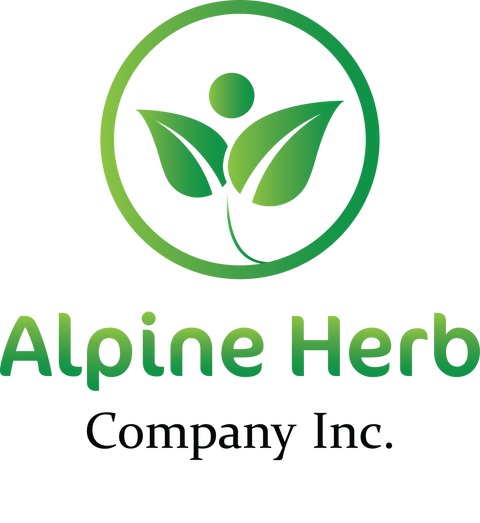English Breakfast Tea
Botanical Name: Camellia sinensis
Common Name:
- English: Tea, English Tea, English Breakfast Tea
- Unani: Chaai, Shaahi, Shaayi
- Also, known as: Tee, cha, Te, Thé, Chay, Tè, Da, Chai, Sa, The, Chay, Chah, Thaeyilai, Cha-keay
Origin: China
Harvested: Cultivated
Parts Used: Leaves
General Information:
Have you ever asked yourself, “What is English breakfast tea?”, or “What is in English breakfast tea?”
English Breakfast Tea is a Black tea blend with origins in Assam, Ceylon, and Kenya, popular in British and Irish tea cultures. It’s known for its full-bodied flavor and is often paired with milk and sugar. Named “English Breakfast” because it complements a hearty English breakfast. Irish Breakfast tea is similar but bolder with more Assam leaves. Believed to have originated in the late 19th century during the tea-drinking boom. Scottish merchant Drysdale played a role, and Queen Victoria’s endorsement helped it gain popularity. Described as robust, slightly sweet, bitter, and malty, making it a strong morning beverage. Contains antioxidants and caffeine, offering an energy boost. Organic blends ensure no pesticides or chemicals. Made from strong black teas sourced from various regions. Low-grown plantations contribute to its robust flavor. Integral to British culture, often enjoyed with milk and sugar. Introduced to English court in the 17th century by Catherina of Braganza. Used in cocktails, especially with gin, vodka, whisky, and cognac. Versatile in mixology due to its hearty flavor profile.
How to use:
Hot Infusion:
The basic method for dried herbs and flower is, take 2-3 tablespoons of dried herb in a cup or teapot. Pour hot water over it and cover it with lid for 10-30 minutes. Hot water is needed to draw out the antioxidants, enzymes, vitamins, flavonoids, and volatile oils from the botanicals. Strain and squeeze out as much as liquid as possible and enjoy!
Tips:
- You can sweeten your herbal tea with a bit of honey, natural fruit juice, stevia leaves powder and or licorice root powder.
- You can make ice cubes or pops by freezing tea in ice trays or pop molds.
Precautions:
You should consult with a qualified healthcare practitioner before using any herbal products, particularly if you are pregnant, nursing, or on any medications.
All information on this website is for educational purposes ONLY.
This information has not been evaluated by Health Canada.
This information is not intended to diagnose, treat, cure, or prevent any disease.


